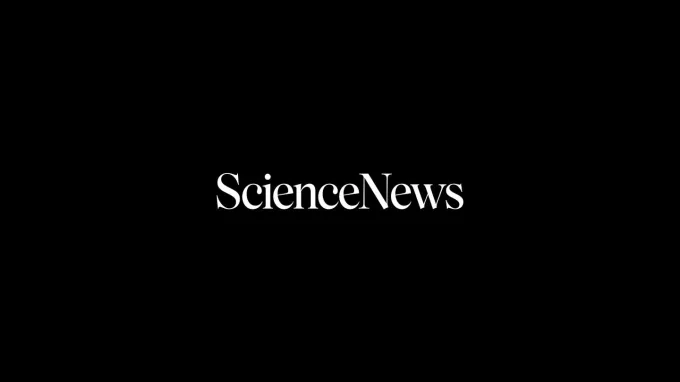Science News Magazine: Current Issue
Vol. 158 No. #11
Trustworthy journalism comes at a price.
Scientists and journalists share a core belief in questioning, observing and verifying to reach the truth. Science News reports on crucial research and discovery across science disciplines. We need your financial support to make it happen – every contribution makes a difference.
More Stories from the September 9, 2000 issue
-
 Archaeology
ArchaeologyAncient Site Holds Cannibalism Clues
An 800-year-old Anasazi site in Colorado yields contested evidence of cannibalism.
By Bruce Bower -
 Astronomy
AstronomyTelescope unveils a stellar deception
A heavenly masquerade may shed light on the nature of astrophysical jets—the beams of material spewed by a wide variety of celestial objects.
By Ron Cowen -
 Earth
EarthGirls may face risks from phthalates
The high incidence of premature breast development in Puerto Rican girls has been linked with phthalates, a family of ubiquitous pollutants found in plastics, lubricants, and solvents.
By Janet Raloff -
 Materials Science
Materials ScienceCathedral has weathered London’s acid rain
A decrease in acid rain seems to be responsible for newly reported reduced deterioration rates of St. Paul's Cathedral in London.
-
 Paleontology
PaleontologyTeeth tell tale of warm-blooded dinosaurs
Evidence locked within the fossil teeth of some dinosaurs may help bolster the view that some of the animals were, at least to some degree, warm-blooded.
By Sid Perkins -
 Health & Medicine
Health & MedicineCan poliovirus fix spinal cord damage?
Scientists have devised a version of the poliovirus that can deliver genes to motor neurons without harming them, a step toward a gene therapy that reawakens idle neurons in people with spinal cord damage.
By Nathan Seppa -

Genetic variation sways risk of diabetes
A gene carried by up to 85 percent of the people in the world increases susceptibility to diabetes by about 25 percent.
By John Travis -
 Animals
AnimalsStrange Y chromosome makes supermom mice
An otherwise rare system of sex determination has evolved independently at least six times in one genus of South American mice.
By Susan Milius -
 Astronomy
AstronomyTaking a census of brown dwarfs
Researchers have completed the most thorough census to date of brown dwarfs in stellar clusters and have confirmed earlier findings about these failed stars.
By Ron Cowen -
 Astronomy
AstronomyA new receiver for alien broadcasts
A $12.5 million grant will help build the world's largest telescope designed to search for radio broadcasts from alien civilizations.
By Ron Cowen -

Traumas trip up inner-city girls
Inner-city teenage girls may often experience a severe stress reaction that makes it more difficult for them to succeed in school.
By Bruce Bower -

Show me the data
A debate has broken out over whether neuroscientists should share the voluminous data that they generate in their experiments.
By Bruce Bower -
 Earth
EarthCooking up a key chemical of life
Researchers have simulated the conditions and ingredients found at hydrothermal vents to create pyruvic acid, an organic chemical vital for cellular metabolism.
By Sid Perkins -
 Earth
EarthGreenland ice variation appears normal
Changes in snowfall observed in parts of southern Greenland between 1978 and 1988 appear to be normal if gauged against the variations recorded in ice cores over the past 400 years.
By Sid Perkins -
 Anthropology
AnthropologyThe Forager King
A celebrated anthropologist surprises and inspires his biographer.
By Bruce Bower -
 Physics
PhysicsThrough the Looking Glass
A proposed universe of unseen material, where every ordinary particle has a shadowy counterpart, could explain several conundrums in cosmology.
By Ron Cowen
